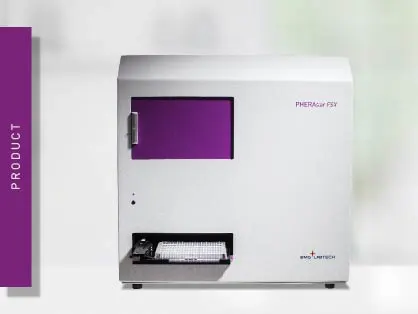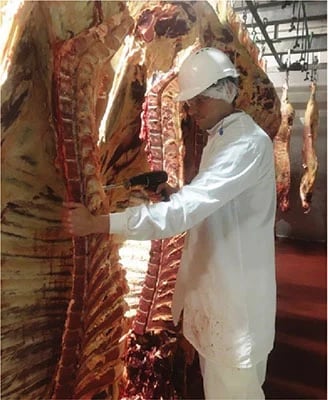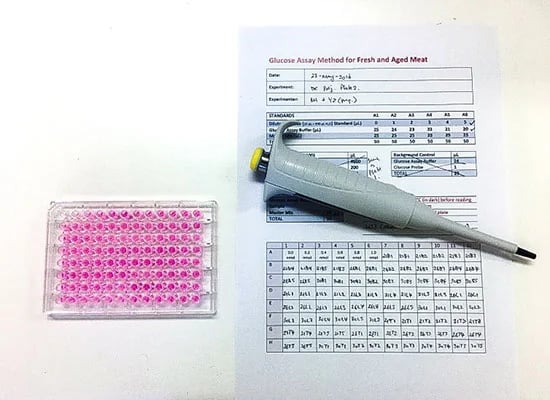
PHERAstar FSX
Powerful and most sensitive HTS plate reader
Meat scientists strive to improve and grow the red meat sector and doing so, remain committed to optimising both the consumer’s experience and industry efficiencies.
This is true for Dr Benjamin Holman and the team of researchers at the Centre for Red Meat and Sheep Development at the NSW Department of Primary Industries in Cowra, Australia. Ben spoke to BMG LABTECH about their work and how their FLUOstar Optima microplate reader has supported their research.
The meat export market is a major contributor to the Australian economy, exporting to more than 57 destination markets around the world1. Ensuring premium quality and preservation of meat during export is an essential part of Ben and his team’s research. This includes validating measures of meat quality, exploring production and processing system effects on red meat and innovative packaging of muscle-based foods and optimising storage combinations. Ben’s exceptional contribution to this area of research was recently recognised by the Journal of Texture Studies, who awarded Ben as a ‘Rising Star in Texture Research’2. Congratulations Ben!
In Ben and his team’s studies, the FLUOstar Optima has proven a versatile and precise tool across different research topics. For example, it provided an accurate measure of chilled beef lipid oxidation rates to support the preservation of health claimable fatty acids (omega-3s) for up 12 weeks, so as to access distant export markets3. Glycolytic tests using the FLUOstar Optima demonstrated within-carcass differences that suggest that components of a dark cutting beef carcass may be salvaged to regain a proportion of its undiscounted value4. The temperature control function of the FLUOstar Optima was valuable for sample incubation prior to analysis for their protein content, and doing so provide insight into the protein solubility and therefore, eating quality of long term chilled and frozen lamb and beef5-6. Furthermore, the user-friendly interface of the FLUOstar Optima has provided assurances of reliability – which is important when analysing finite samples collected on-site at an abattoir. This reliability has continued over the 16 years since the FLUOstar Optima was originally installed in the laboratory in 2003. Even today, this instrument is regularly serviced and supported by the BMG LABTECH team.
These examples demonstrate the research focus; to provide strong scientific foundations on which the red meat sector can build to ensure meat quality and safety. This assurance is imperative to affirm market access, confidence and position; optimising production and processing efficiencies that mitigate economic and environmental cost; and boost the sector’s social licence and broader recognition as a comparatively clean and green industry.


An example of sample collection (on-site) with cores removed to test for their glycogen, glucose, lactate and glycolytic potential. BMG LABTECH’s now discontinued (but still reliably working!) instrument, the FLUOstar Optima. Visit the microplate reader section of our website to learn more about how our range of microplate readers can meet the many research demands of your laboratory.
To discuss this research with Ben and the team, contact Ben at benjamin.holman@dpi.nsw.gov.au.
Powerful and most sensitive HTS plate reader
Most flexible Plate Reader for Assay Development
Flexible microplate reader with simplified workflows
Upgradeable single and multi-mode microplate reader series